What is the effect of setting the association end ownership from "association" to "classifier" on the code that gets generated?
In other words,
0) I start with an empty diagram
1) I create class A and class B
2) I connect A and B with an association A-B
3) the association end at A is named as a
4) the association end at B is named as b
5) the association end ownership for a is set to class B (by default it is set to the association A-B itself)
6) I generate Java code for this diagram
How and why does (should) the generated code now differ if I omit step 5 ? I.e. if I use the default value ?
What is the meaning of setting the association end ownership of a to class B ? What difference does it make ?
In visual paradigm the diagrams differ as follows (second diagram shows if step 5 is omitted) :


EDIT:
In VP-UML, the generated code in both cases is the same :
public class A {
B b;
}
public class B {
A a;
}
So in this sense the ownership does not matter ? This is a little confusing.
